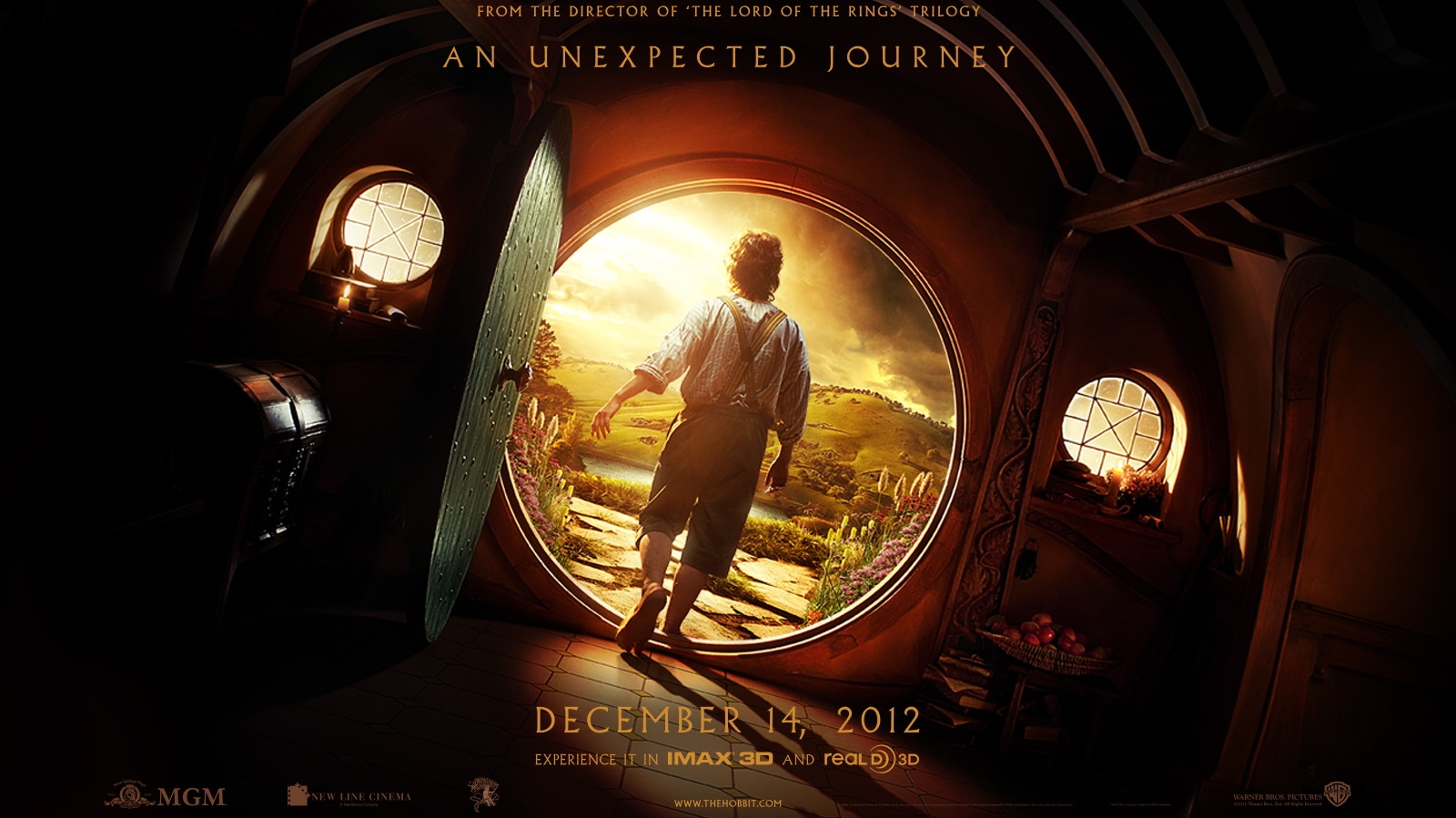THX: The time is right for high frame rates in movies

The release of the first instalment of The Hobbit this Christmas is set to usher in a new generation of filmmaking.
Peter Jackson has opted to make the movie in a HFR (high frame rate) format, cranking up the frames to 48fpr – twice the speed of a normal movie.
While this technology has had some criticism for lookin 'too real', Kevin Wines, image technology director at AV standard bods THX, believes the time is right for this technology to be used.
Speaking to TechRadar about HFR, he explained that not only is HFR the future of filmmaking, it will radically enhance current technologies such as 3D.
"The time is right for high frame rates, primarily due to the advancement of technology," explained Wines.
"Back when everything was shot on film, the cost to film with high frame rates was a big issue. Today, with the advancement of digital technology that cost barrier no longer exists, so it makes sense that film makers will want to use a better technology that enables the viewer to have a more real-world and visually striking experience."
As for 3D, Wines noted: "The high frame rate activity by [James] Cameron and Jackson is in conjunction with 3D, creating a better overall experience for 3D viewers. High frame rates overcome some of the technical limitations of 3D implementation such as sequential playback of the eyes that are captured simultaneously."
Sign up for breaking news, reviews, opinion, top tech deals, and more.
In the frame
When footage of The Hobbit was shown to audiences at Comic-Con this year, the response was muted due to the clarity of the image, and it was recently revealed that the HFR version of the movie will only get a limited run.
Despite these quibbles, Wines doesn't believe that using the technology is the wrong thing to do.
"I do not believe HFR is a gamble – Warner [the studio behind The Hobbit] is deeply involved with the standards bodies, which are addressing the issues and preparing for high frame rates to become a norm moving forward," said Wines.
"There is always a resistance to change. It was not so long ago that there was a lot of resistance to Digital Cinema in general – now everyone accepts it, enjoys it.
"I think this will hold true for high frame rates. Once audiences come to expect a look that is more true to the experience they have in the real world that will become the standard for filmmaking."

Marc Chacksfield is the Editor In Chief, Shortlist.com at DC Thomson. He started out life as a movie writer for numerous (now defunct) magazines and soon found himself online - editing a gaggle of gadget sites, including TechRadar, Digital Camera World and Tom's Guide UK. At Shortlist you'll find him mostly writing about movies and tech, so no change there then.